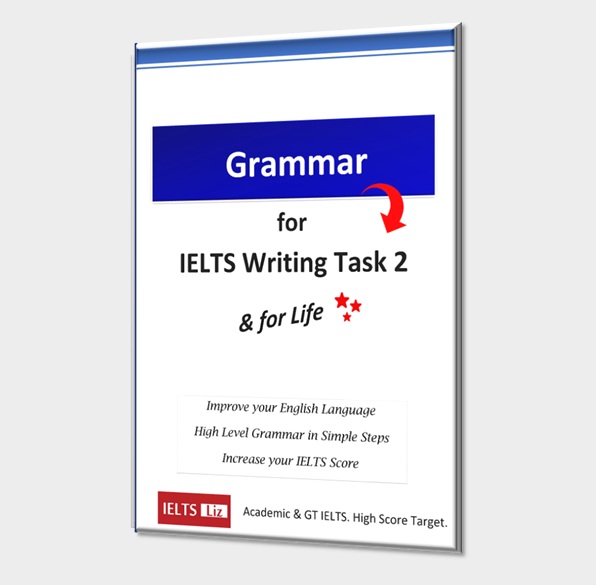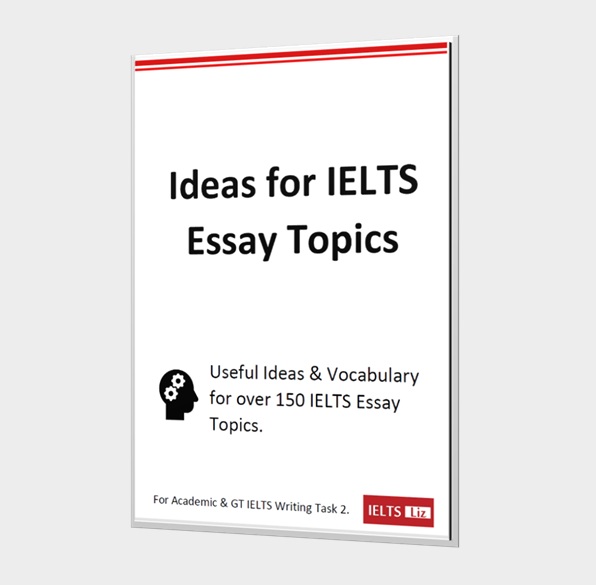This lesson focuses on sentence completion questions which basically means filling the gaps with a word or words from the recording. It’s a common question type in IELTS listening tests. To do well at this type of question you need to be good at paraphrasing and being able to spot keywords in the question to help you navigate the audio.
I chose the topic of Autism because I feel it is one we all need to know more about. Autistic people experience the world in a very different way to people who are neuro-typical. The more we understand, the more we will love, value and respect people with Autism.
Listening Practice for IELTS
AUTISM
Questions 1-5: No more than two words.
- Autism can affect how someone ……….. with others and how they experience the world.
- Businesses should ………. their lights and reduce noise during Autism Hour.
- Too much light and noise and lead to a sensory ………… which can be painful for people with autism.
- Society is mostly …………. towards neuro-typical people.
- Some people with other illnesses can also struggle to cope with ………… information.
Recording: Listen only once.
.
Answers
Answers for this lesson are now available.
Click here: Answers to Autism Listening Lesson
Message from Liz:
Autism is something close to my heart. Please take the time to learn more by choosing one of the following links:
The Reason I Jump. This is one of the most remarkable books I have ever read. It opened my eyes to the incredible world experienced by autistic people. Written by Naoki Higashida, who has severe autism, it provides a special insight into what someone with autism experiences and the reasons for their reactions so we can understand and support them. You can purchase this on Amazon. Here is a link to it for UK buyers: The Reason I Jump
National Autistic Society, UK. This website will give you information about autism and what you can do to help: https://www.autism.org.uk/
…………………………..
FREE SUBSCRIBE: Get New Lessons & Posts From Liz by Email









